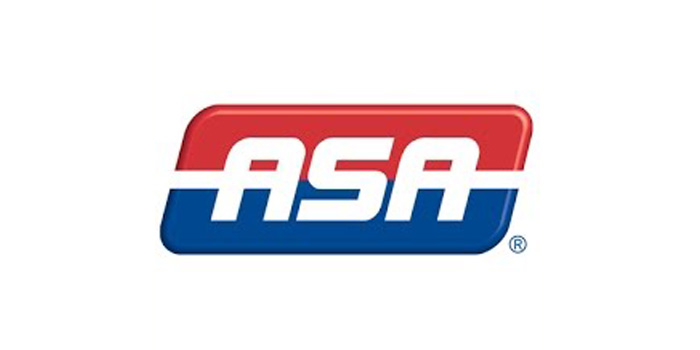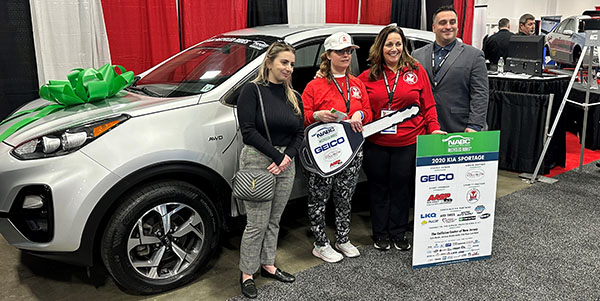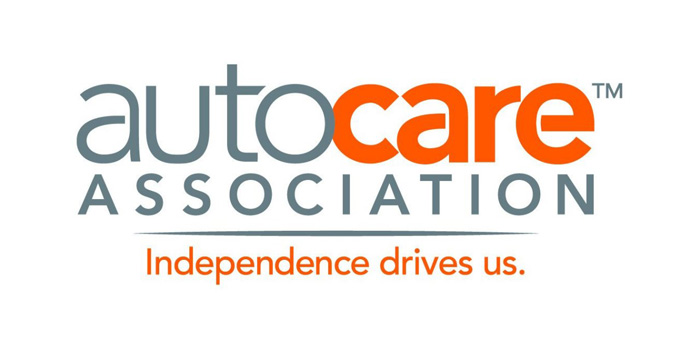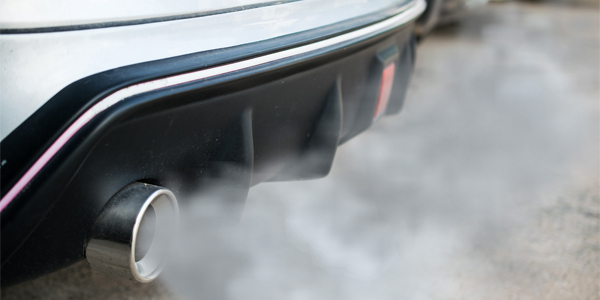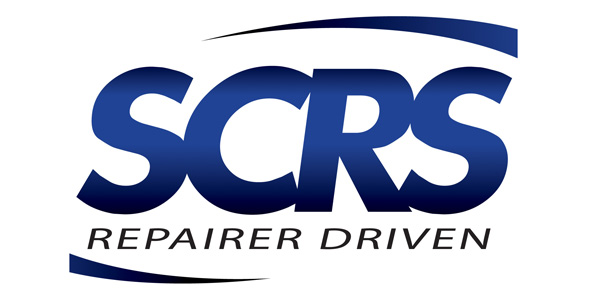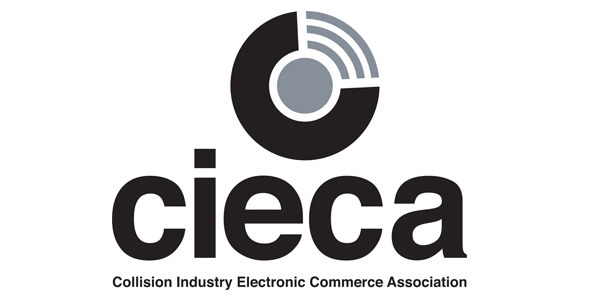On behalf of the combined efforts from industry associations, collision repair professionals, scan tool providers and various subject matter experts, the Automotive Service Association (ASA), the Society of Collision Repair Specialists (SCRS) and the Alliance of Automotive Service Providers (AASP) acknowledge the act of scanning a vehicle using a qualified scan tool as a necessary and not-included operation that is legitimately expressed on a repair order with either a fixed cost, in labor hours and/or set dollar amount.
All other procedures necessary to correctly and safely identify and address a vehicle’s electronic system faults or diagnostic trouble codes (DTC)s are considered additional operations and not included in the scanning operation. This includes but is not limited to:
- Prepping the vehicle for a scan
- Researching, verifying and documenting manufacturers’ data
- Vehicle diagnostics
- Systems programming
- Systems initialization
- ADAS calibrations
- Test driving
- Definitions
Scanning is defined as a mechanical operation to connect a qualified diagnostic scan tool into an OBD-II port or other communication ports in order to retrieve all diagnostic trouble codes (DTC)s using the most current, available OEM information to ensure a proper and safe repair.
Qualified scan tools are defined as devices approved by the vehicle’s manufacturer (OEM) to provide a repair technician access to the status of the vehicle’s sub-systems. OEM-approved scan tools are specific to each OEM and have the complete suite of capabilities as determined by their service engineering groups.
These devices are:
- Used to query, display and document all vehicles’ control system networks (through security gateways if applicable)
- Capable of identifying all equipped electronic control units (ECUs)
- Capable of identifying all DTCs
- Capable of generating a report
Scan tools are manufactured in a variety of hardware and software configurations, including PC/laptop-based software application tools connected with a vehicle’s communication interface, to handheld (embedded) tools with built in interfaces and software.
Labor hours/dollar amounts are defined as reasonable and necessary amounts that may vary depending on year/make/model and scan tool used.
Qualified scanning personnel should be familiar with:
- Scan tool operation
- Vehicle specific setup operations
- Adding battery support
- Researching vehicle manufacturer repair procedures
- Diagnostic code interpretation
“I want to thank the Automotive Service Association (ASA) Collision Division Director Mike LeVasseur for taking the lead on this challenge,” said Ray Fisher, president of ASA.
Added LeVasseur, “First and foremost, I want to thank the ASA Collision Operations Committee for all of their hard work. I also want to thank some of the industry’s top leaders, industry educators and industry vendors who gave thankless hours and devotion to achieve a very comprehensive approach to a major industry challenge. We feel that we hit the mark, and with the valued input and support of SCRS and AASP. This should prove to bring a more united clarity when writing, negotiating and repairing the complex safety systems in today’s vehicles. It is our desire that these efforts objectively open dialogue, reduce the friction and maximize yields.”

